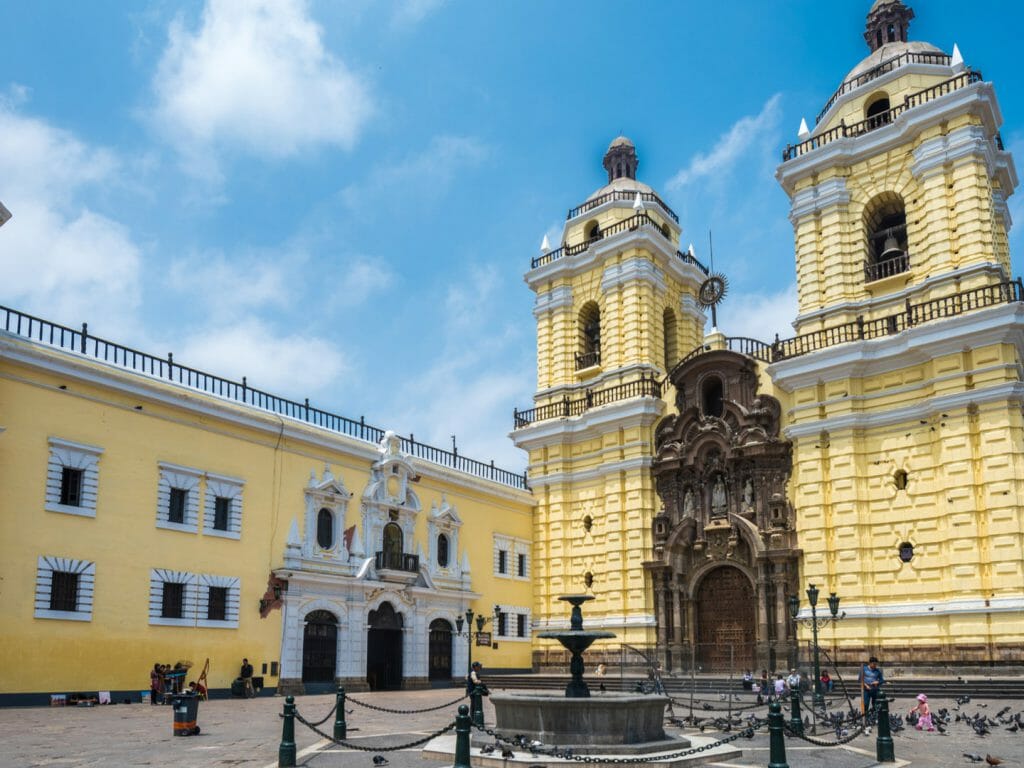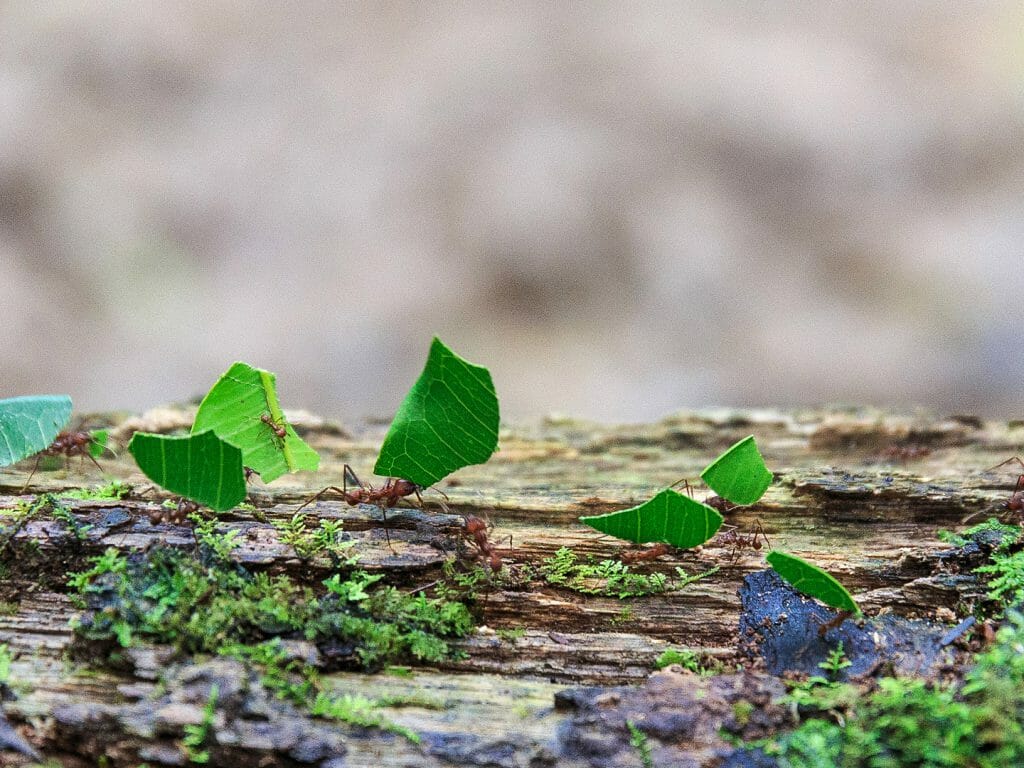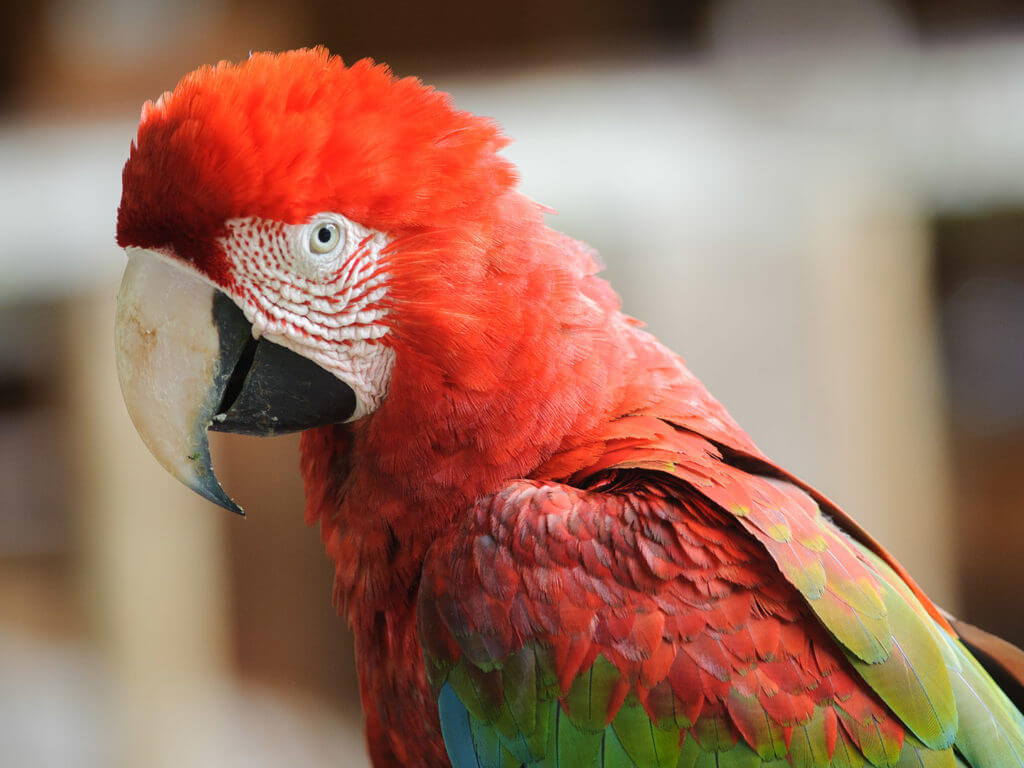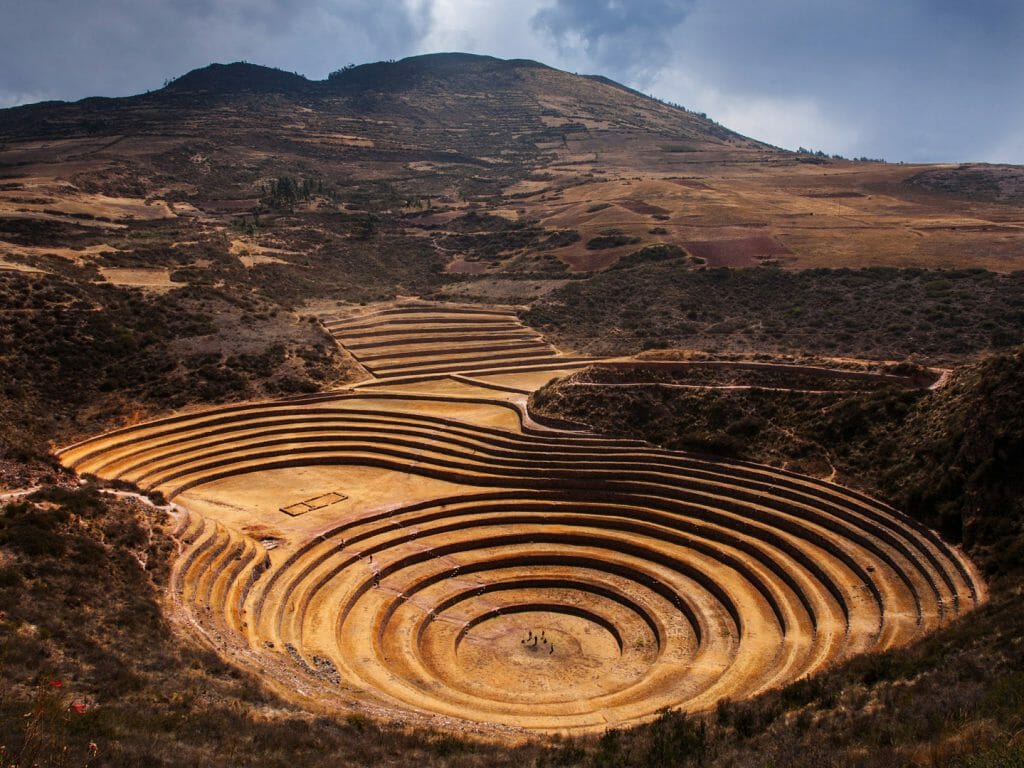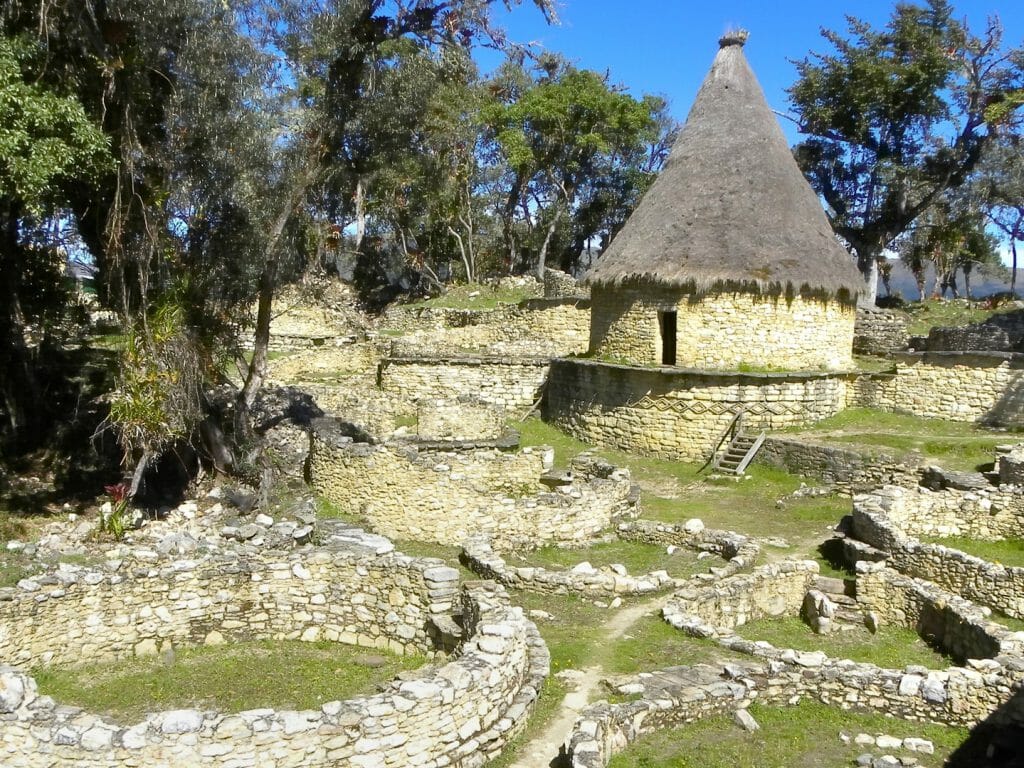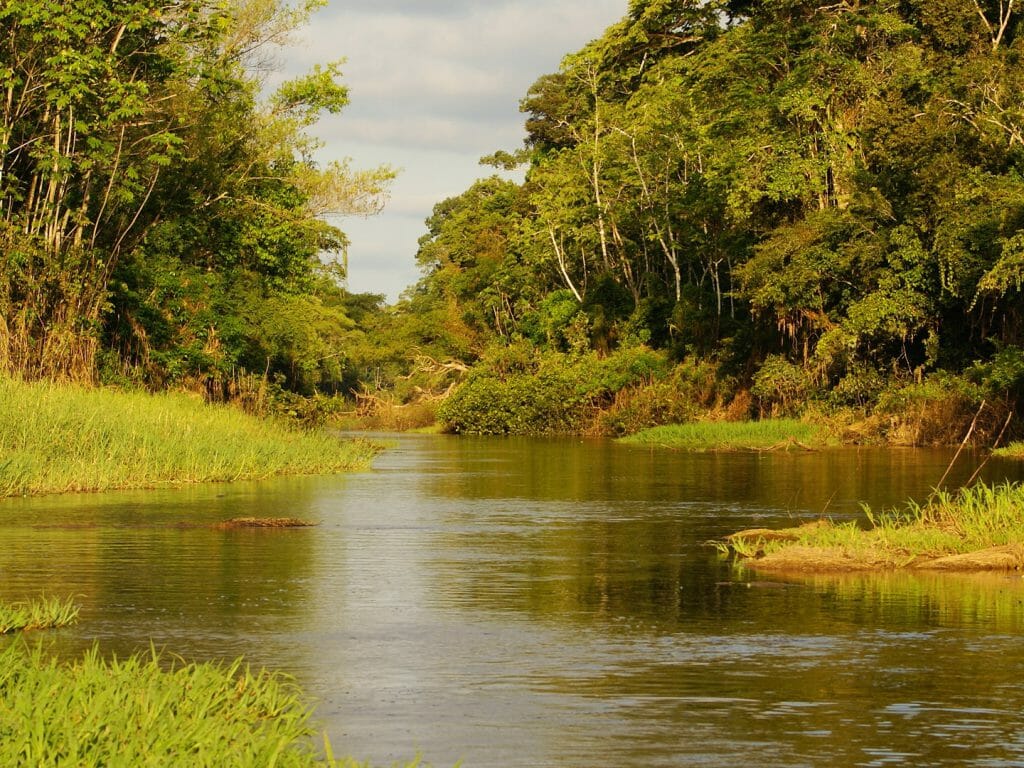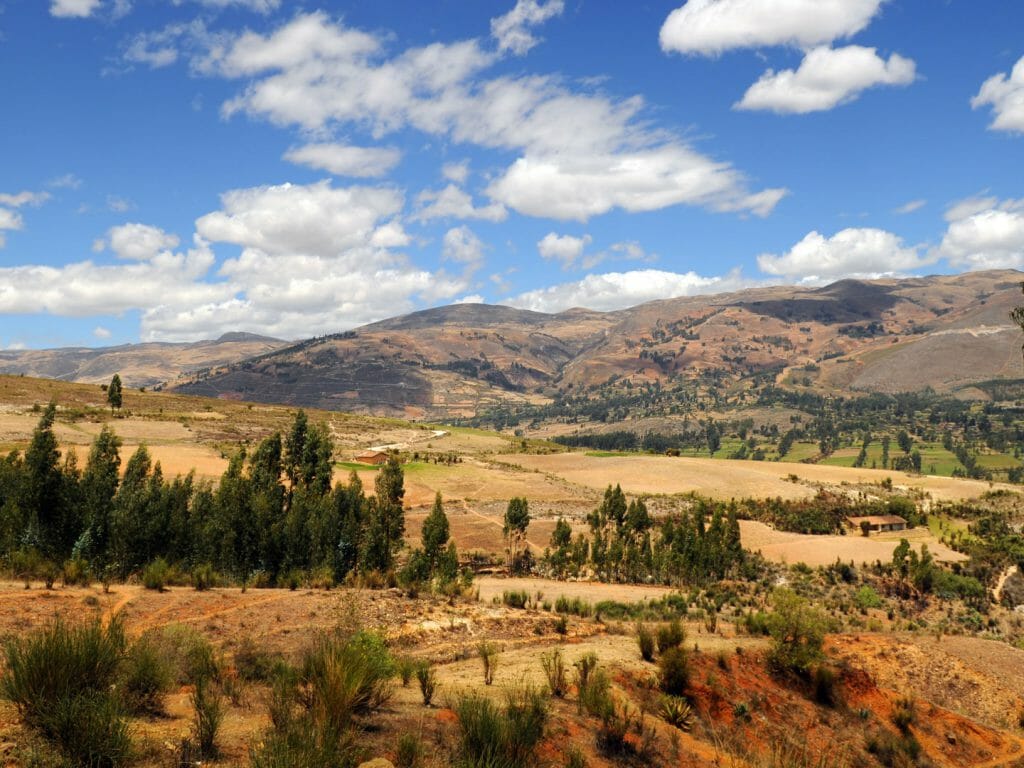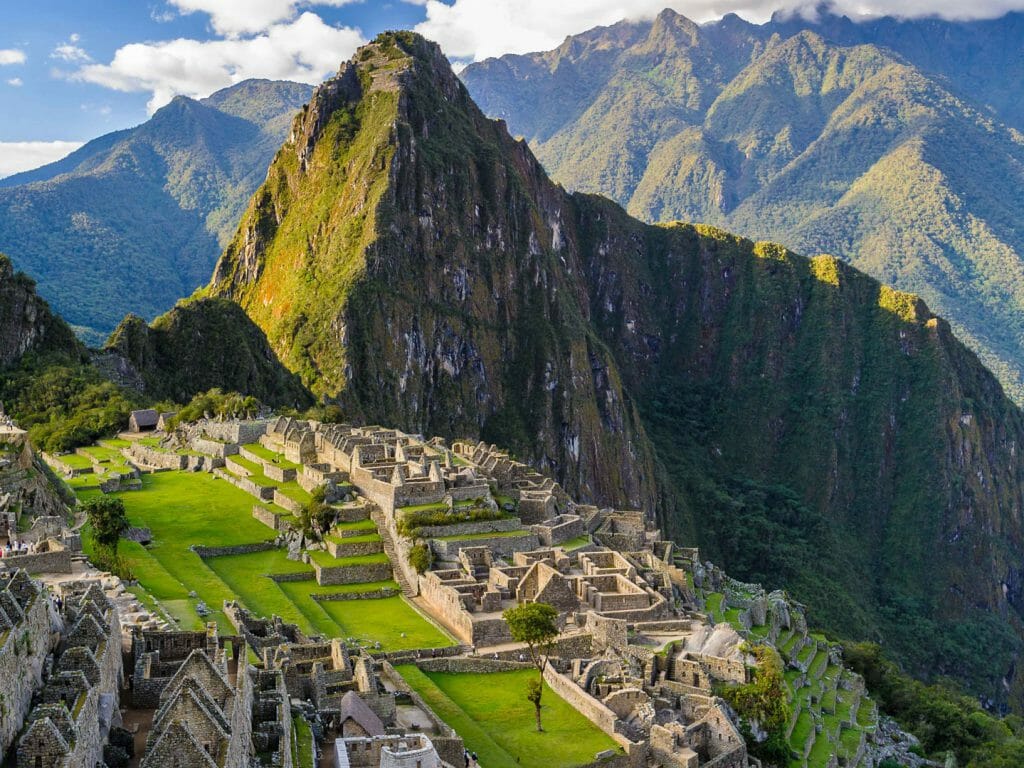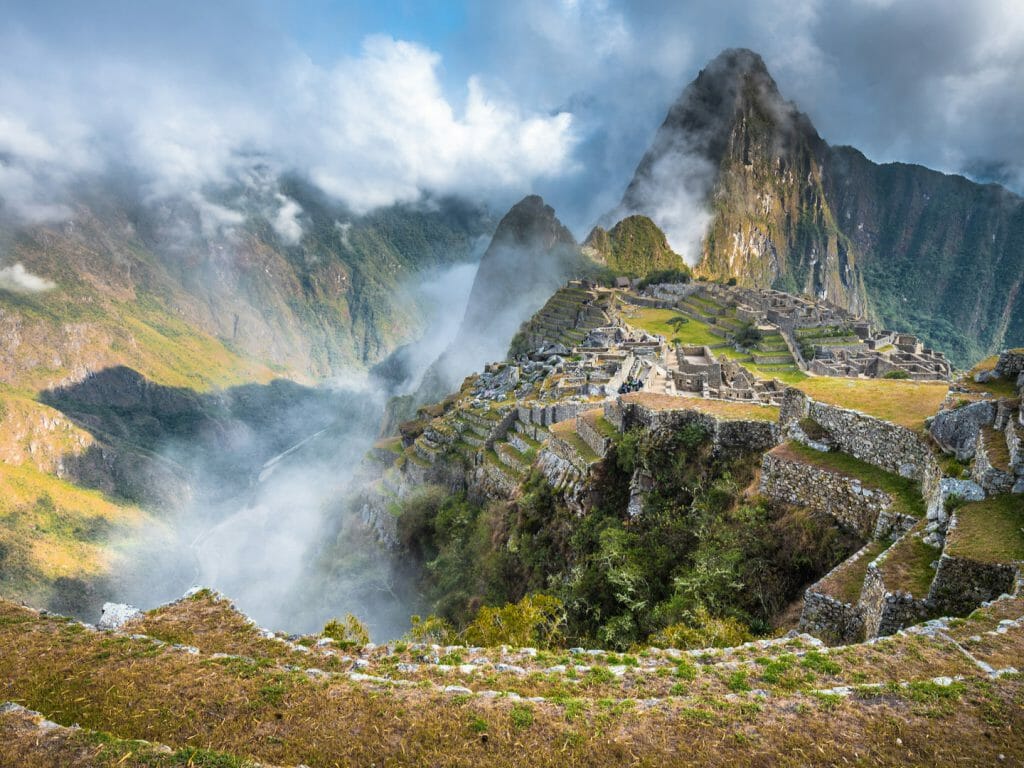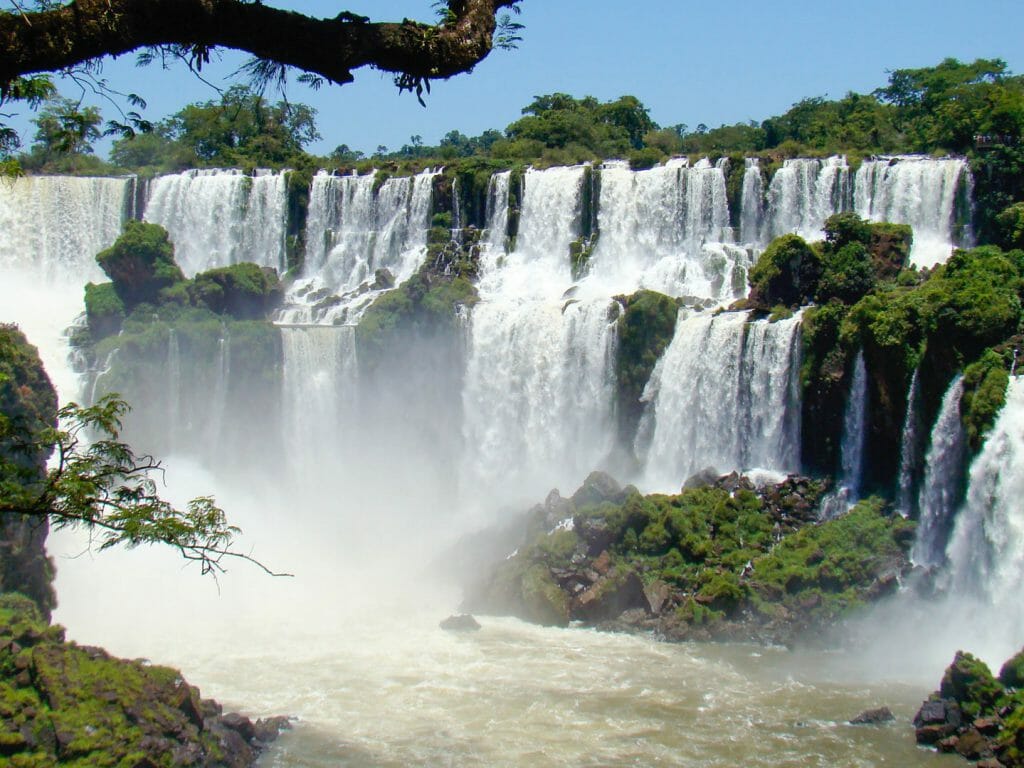There are many deserving candidates for this title from the Karakoram Highway to the Appendice Orientale in Eritrea, from more well-known routes such as Pacific Highway No 1 in the US to the Ocean Road in Australia. I would like to introduce a pretender to this crown: Sacred Valley to Manu Biosphere.
In a day you will lose some three thousand metres in altitude, meet the most wonderful people, experience dramatic climatic and environmental changes, see some extraordinary birds and if lucky wildlife. I know of nowhere else like it.
It begins in the charmed Sacred Valley, invaluable to the Incas and entrancing to anyone who visits today. Dusty bowler hats, pigtails, Keqpe Rina – the colourful wrap women wear around their shoulders to carry wool, snacks and even babies – are de rigueur.
As you climb out of the magical valley, you leave behind steep hillsides defined by precise Inca terracing for a more pastoral way of life. Trees and shrubs give way to alpine grassland. There are few inhabitants and no agricultural plots. The air is crisp, the sky a dazzling blue, the oxygen getting thinner.
You arrive at a 3,650 metre pass and are confronted by a billowing white cloud bank that tells you, in no uncertain terms, that you are in for a change. You head down the perhumid eastern slope of the Andes.
It is a remarkable ecological transition from dusty and dry to dripping and wet in a mere several hundred metres. A normal day sees no sun as thick clouds bathe the slopes and an intermittent drizzle keeps the vegetation soaked in an enveloping Dickensian mist.
As you descend a series of interminable switchbacks negotiating steeply plunging slopes, trees are cloaked in the thick wrappings of lichens, mosses, ferns and orchids. The cloud forest is a world unto itself, mysterious and intriguing, but almost unapproachable. As you drive along the road, the forest is literally at your fingertips but entering it is not for the faint-hearted – it is a vertical landscape and one wrong foot would plunge you down the hillside into the spray of the streams and river trying to reach the plains in their turbulent haste.
You may well see capuchin monkeys but birds are the real attraction – tanagers, hummingbirds and oropendolas – with the undisputed prize being the cock-of-the-rock. Its iridescent flame orange plumage makes for a dazzling visual spectacle. The males gather in loose aggregations, known as leks, noisy hubs of activity as they whine and call, bob up and down and fly from perch to perch.
You leave behind the confines of the canyon and enter a swampy plain where the soil is poor – millennia of rains have washed out all the fertility. There are clusters of smallholdings, genial people trying to make ends meet. Their clothing is less exotic.
From here you descend a little further into the jungle a riot of vegetation, akin to Conrad’s ‘Heart of Darkness’. Everything is heard yet unseen. Your imagination is restless as to what lies within. You arrive at Atalaya, a cluster of corrugated iron: the end of the road. The only traffic being the overhead flight of macaws, jays and parakeets, and a nervous husband with two young daughters, wife and baby and wheelbarrow full of their worldly goods, preparing to pole themselves slowly upriver in a dugout.
No, they are not dressed in tribal costume. That is another, albeit very different journey further downriver, and for another time. For now, this sates my appetite and I feel lays claim to one of the great road journeys of the world.


